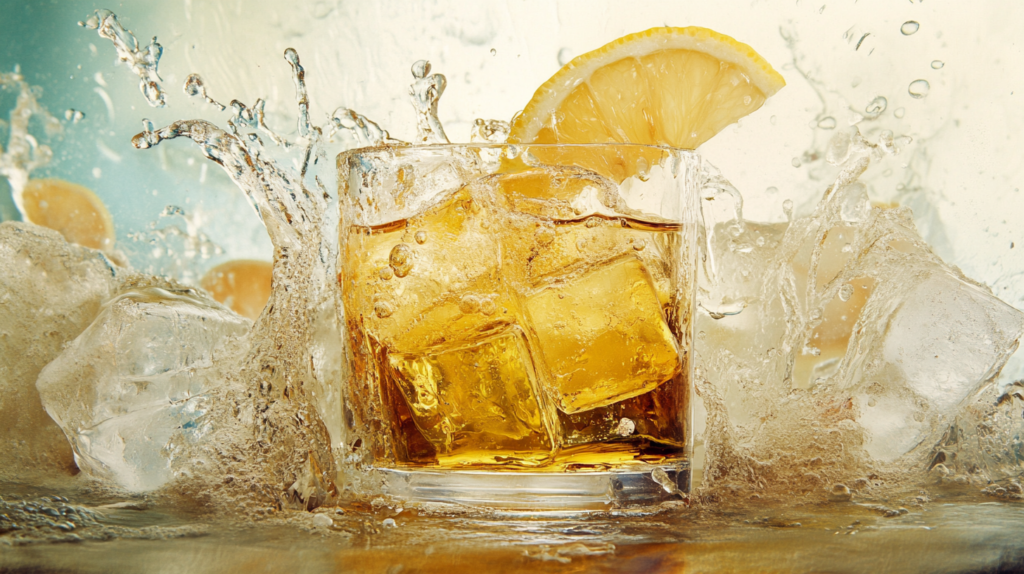
Wine, including white wine, derives its calories from both alcohol and residual sugars. Understanding these components is key for anyone looking to manage their calorie intake while still enjoying a glass of wine. This article delves into the carbohydrate and calorie content of white wine, compares it to other types of wine, and answers common questions about serving sizes and nutritional impact.
White wine basics: Fermentation, residual sugars, and calorie sources

White wine is made from fermented grapes where natural sugars are converted into alcohol. However, not all the sugar is fermented, leaving behind residual sugars that contribute both carbohydrates and extra calories. In this section, we explore how fermentation works and how calories are measured in wine.
The role of sugars in fermentation
During fermentation, yeast converts grape sugars into alcohol and carbon dioxide. Because the process isn’t always 100% efficient, some sugars remain in the finished wine. These residual sugars add carbohydrates—especially in wines that are off-dry or sweet.
How calories are measured in wine
Calories in wine come from two main sources: alcohol and carbohydrates. Alcohol provides about 7 calories per gram, while carbohydrates contribute around 4 calories per gram. In most dry white wines, alcohol is the primary calorie source, whereas in sweeter wines, the residual sugars can significantly boost the calorie count.
Comparison with other wines: Alcohol and calorie content

When comparing white wine to other wine varieties, factors such as alcohol by volume (ABV) and residual sugar levels are key determinants of the overall calorie count. White wines often have a slightly lower ABV than some red wines, which may result in fewer calories overall. However, the presence of residual sugars in certain white wines can counterbalance this difference. Checking labels or asking your wine provider can help you understand the specifics of your bottle.
Sweet vs dry wines: The impact of residual sugars on calories
Not all wines are created equal when it comes to residual sugar levels. Sweet wines—regardless of whether they’re white or red—typically have higher residual sugar levels, leading to more carbohydrates and extra calories. In contrast, dry wines contain little to no residual sugar, meaning their calorie count is more directly tied to the alcohol content. Understanding the winemaking process can help you choose a wine that fits your dietary needs.
How many calories are in a glass of wine?
The calorie content in a glass of wine depends on several factors, including serving size, alcohol percentage, and sugar content. Let’s explore these factors further.
Standard serving size
In the United States, a standard serving of wine is typically 5 ounces. For a dry white wine with moderate alcohol content, this serving generally contains about 120 to 130 calories. Keep in mind that serving sizes can vary by country and personal pour, which may affect your overall intake.
Factors influencing calorie content
- Alcohol content: Higher ABV wines contribute more calories.
- Residual sugar: Wines with higher levels of residual sugar (often labeled as off-dry or sweet) carry additional carbohydrates and calories.
- Serving size: Larger pours naturally lead to a higher calorie count.
Additional nutritional considerations: Antioxidants in white wine
While the primary focus is on calories and carbohydrates, it’s also worth noting that white wine contains antioxidants such as flavonoids and phenolic compounds. Although white wine typically has lower levels of these antioxidants compared to red wine, they can still offer some health benefits when consumed in moderation.
Potential health benefits
Some studies suggest that moderate wine consumption may contribute to improved cardiovascular health and offer cellular protection by combating oxidative stress. However, these potential benefits are best achieved through moderation and may vary from person to person.
Practical tips for enjoying wine responsibly
For those monitoring their calorie and carbohydrate intake, here are some practical tips:
- Opt for dry wines: Dry white wines usually have lower residual sugars, resulting in fewer carbs and calories.
- Mind your pour: Stick to a standard serving size (about 5 ounces) to keep your calorie intake in check.
- Balance with food: Pairing wine with low-calorie, nutrient-dense foods can help create a balanced diet.
- Check labels: Some wine producers include nutritional information on the bottle, which can guide you in making informed choices.
FAQs
Does white wine contain carbohydrates?
Yes, white wine contains carbohydrates mainly from residual sugars left after fermentation.
Are the calories in white wine mostly from alcohol or carbs?
In most dry white wines, the majority of calories come from alcohol. However, in sweeter varieties, a significant portion of calories can also come from carbohydrates.
Is white wine healthier than red wine in terms of calorie content?
It depends on the specific wine. Dry white wines can be similar in calories to dry red wines, but sweet white wines may have more calories due to higher carbohydrate content.
Conclusion
Understanding the calorie and carbohydrate content of white wine helps you make smarter choices without sacrificing enjoyment. Whether comparing white wine to other varieties, evaluating sweetness levels, or simply tracking your intake, knowing what contributes to your wine’s calorie count is essential. Enjoy your wine responsibly and use this information to balance your diet while savoring your favorite drink.





